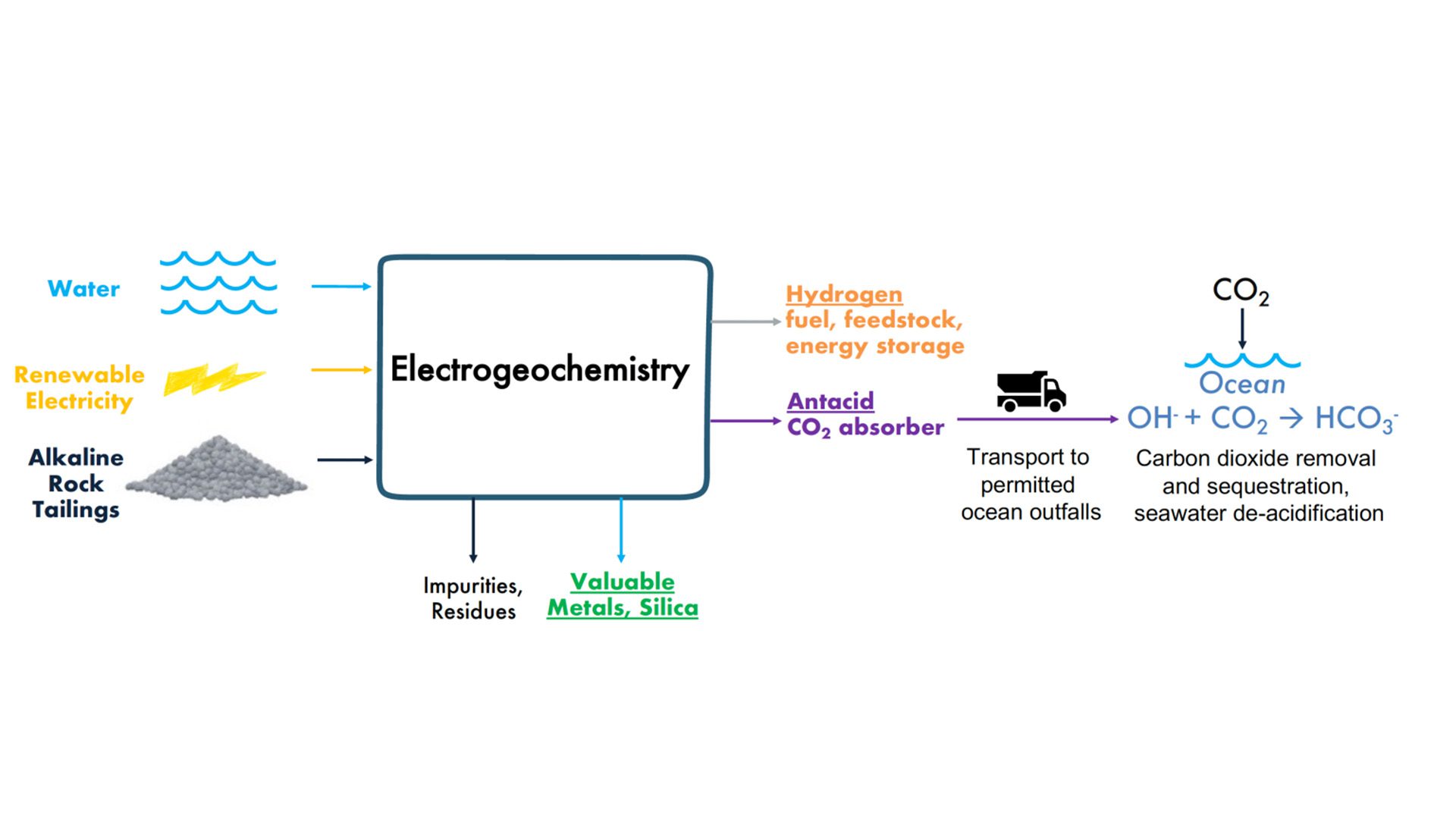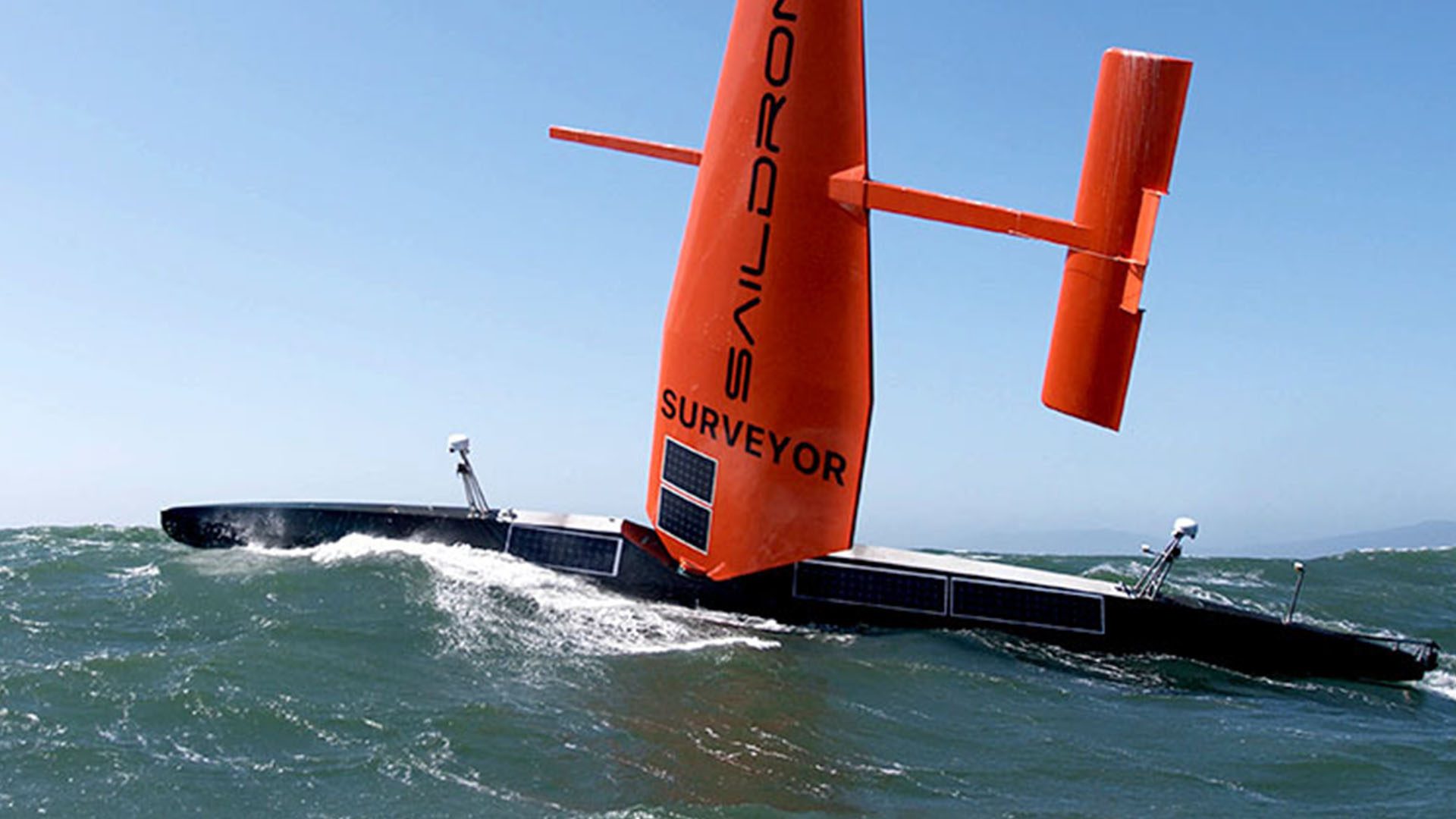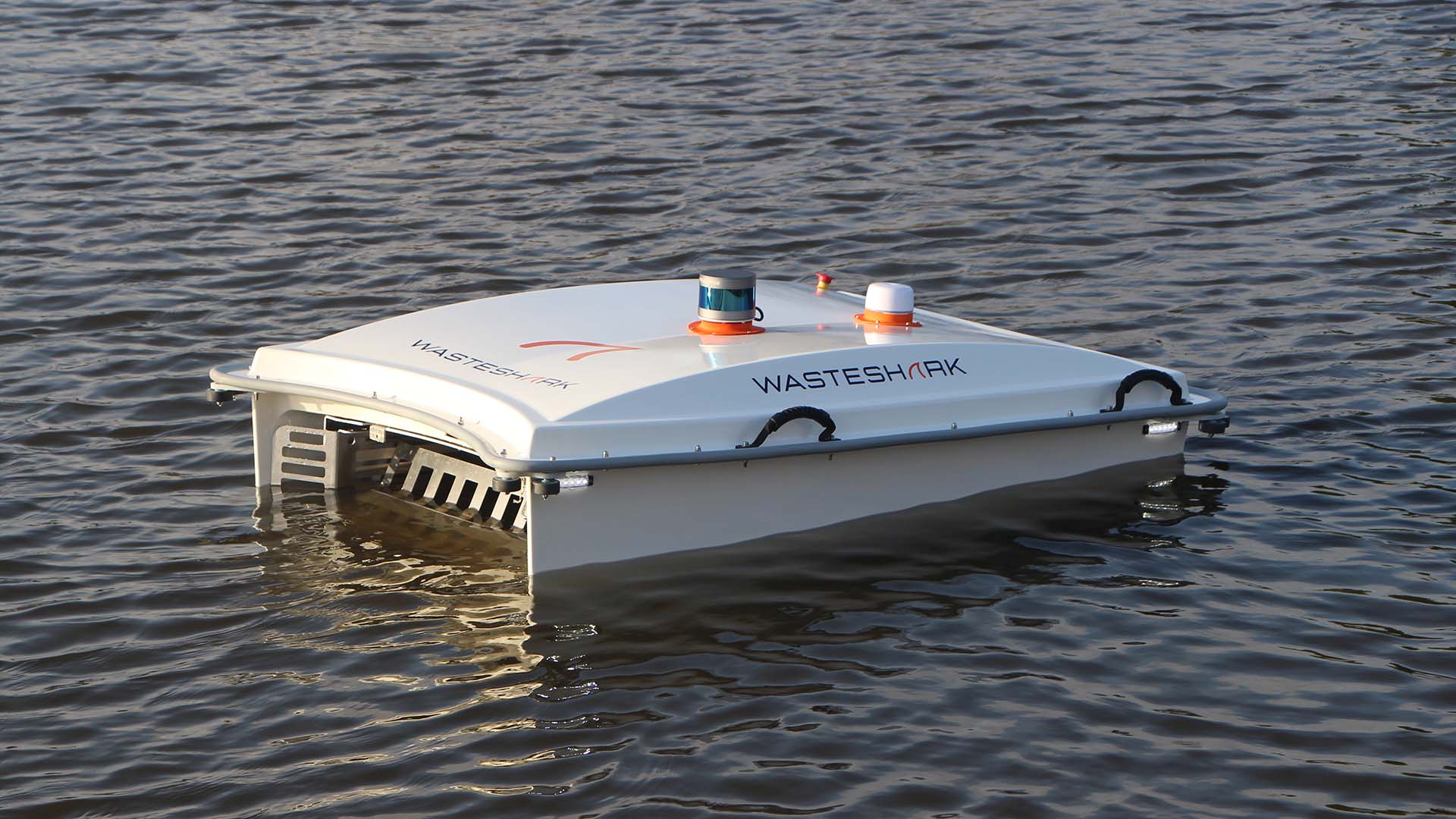The Health of our Waters and Innovations to Protect Them
If we had to ask ourselves if we were doing enough to protect our waters, we’d have to admit to some pretty hard truths. Because really, all it takes is one glance around the globe to see that we need to be doing a lot more to understand, measure, and manage our waters, and we need to be doing it now.
The toxic algae bloom, for example, is a global issue we’re facing on an alarming scale in our oceans, rivers, lakes, ponds, and reservoirs. Sludgy, smelly, and hazardous, when toxic algae bloom out of control and release toxins, the results can be devastating.
Harmful algae blooms (HAB) have been known to last up to 14 months, wiping out all kinds of marine life in their path, including dolphins, sea turtles, and other wildlife, posing potentially dangerous health impacts for local communities, and devastating industries such as fishing and tourism.
Read our blog: Reducing Harmful Green-Algae Blooms Is Crucial to Protecting Aquatic Life
But release a DataShark into your waters and you can learn everything you need to know to help you protect your precious water resources both now, and in the future. An innovation from award-winning RanMarine Technology, the DataShark is the world’s first data harvesting autonomous surface vessel (ASV) to be commercially deployed in the fight against pollution and scourges like algae blooms.
The DataShark shares its design inspiration with RanMarine’s game-changing WasteShark. Both modelled on Mother Nature’s own whale shark, RanMarine’s WasteShark scoops up marine waste, biomass, and plastic, while the DataShark collects and collates water quality health data from waterways in any environment.
Freshwater ecosystems in particular, require effective management in order to remain healthy and function properly. Freshwater is indispensable for life on our planet, supports the environment, society, recreation, and the economy, and yet it is increasingly under threat.
In addition to the growing demand of freshwater for human purposes, the effects of climate change are also exacerbating changes, manifesting in ever more frequent and severe extreme events and disasters such as drought and floods. This in turn undermines the ability of freshwater ecosystems to contribute to both climate change adaptation, and mitigation.
Whether it’s freshwater or saltwater environments, a large water body, or small, RanMarine’s DataShark is user-friendly and easily integrated into any work environment or field operation. It only takes a one-person team to operate this intelligent aqua-drone and capture GPS tagged data points. In fact, signing into RanMarine’s secure customer web-portal would allow you to operate and manage your drones from anywhere in the world.
With 10-hours of battery life, and a typical range of 10 km, the DataShark harvests data which is captured through the RanMarine Data portal, and reported in both graph and raw format in real-time – and stored for analysis. All data is geo-tagged and time stamped, giving an accurate picture of the water quality health within your ecosystem.
Each DataShark drone can be equipped with a variety of water health quality sensors and probes. Partnering with Eureka Water Probes, RanMarine has designed its drones to facilitate the data harvesting of numerous data points including temperature, pH, conductivity, optical DO, turbidity (with optional depth and ORP), nitrogen, and toxic algae (blue/green) levels – with many other vital options configurable on request.
And the options are vital, because even something as apparently simple as a change in water temperature can have a negative impact on ecosystems. The temperature of the water influences not just the biological activity and growth of aquatic life – life that cannot survive when temperatures rise or fall too far beyond the ideal range – but it also has an effect on the water chemistry itself. Generally, the higher the temperatures, the more the chemical reactions increase. Warm water also holds less dissolved oxygen than cool water, which means there may not be enough dissolved oxygen for various aquatic species to survive.
Another apparently simple yet vital data point is the pH level of your water. For example, heavy metals dissolve much easier in acidic water and can become more toxic as a result. But even the slightest change in pH can be detrimental to aquatic life. Just a small shift can affect the gills of fish and diving insects, the hatching success of fish eggs, as well as the amphibian populations. When the shift in pH is even greater, water with an extremely high or low pH can be deadly for fish and animals.
Changes in pH and temperature can also point to the growth of algae.
Richard Hardiman, CEO of RanMarine Technology says, ‘Especially in the 21st century, the monitoring of water quality has become imperative in order to measure the effectiveness of current water policies, to better protect human health as well as the overall environment and economy, and to prevent events such as fish deaths, the loss of recreational use of water bodies, and to, when necessary, plan restoration projects.’
And we now have some compelling technology to help us protect the waters across our planet. With RanMarine’s data-harvesting DataShark and its intelligent aqua-drone twin, the waste-devouring WasteShark, the company remains steadfast in its goal to empower humankind to restore the marine environment to its natural state.







 Figure 3: Number of Spills (>7 tonnes) from 1970-2019 (
Figure 3: Number of Spills (>7 tonnes) from 1970-2019 ( Figure 4: Location of spills from 1970-2019 (
Figure 4: Location of spills from 1970-2019 (
